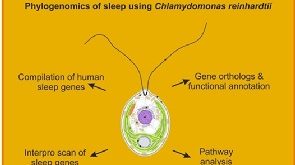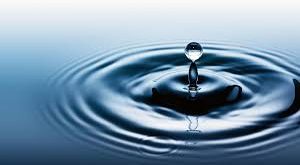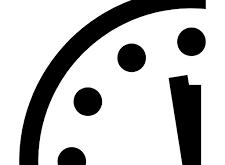Well, it’s difficult to answer this question with a simple YES or NO, as viruses show characteristics of both living and non-living things. The definition of viruses has evolved with time, as the scientific community has come to better understand these submicroscopic beings. It was not before the early twentieth century that scientists were able to identify and classify viruses as submicroscopic beings, much smaller than bacteria. The term ‘Virus’ is derived from Latin word vīrus, which basically means poison.
Characteristics that make viruses living beings
- DNA or RNA – Cells of all living beings comprise of DNA, something that is true for viruses also. Viruses are essentially DNA or RNA wrapped in a layer of protein. Some viruses have additional lipid coating on the outside.
- Role in evolution of life – Viruses have received a lot of bad publicity, but the truth is that not all viruses lead to infection. It’s just the same as the fact that not all bacteria are dangerous. Our bodies have billions of bacteria and viruses that do not create any health issues. The total collection of viruses in the human body is referred to as the ‘human virome’. It is only now that scientists are starting to discover the possibility that viruses may have played an important role in our evolution and all life on earth.
Characteristics that make viruses non-living
- Unable to reproduce by itself – Viruses cannot make copies of themselves on their own. They need a host cell to be able to reproduce. In comparison, cells of living beings have all the required systems to produce energy and reproduce on their own.
- No birth or death cycle – Viruses do not have a birth or death cycle like living cells. Living cells live and die as per a predetermined schedule, but that’s not the case with viruses. Outside the host, viruses can stay dormant for extended periods. Once inside the host, they can start reproducing again.
- Non-complex structure – As compared to living cells, viruses have a much simpler structure. Living cells are entirely self-sufficient, whereas viruses need the host for all their energy and replication needs.
Some scientists have described viruses as seeds. Just like viruses, seeds remain inactive until the right conditions are created for the birth of life. Overall, it can be said that viruses are somewhere between the living and non-living world. Viruses have a borrowed life, but still they have managed to survive through the ages, just like other life forms. It is fairly possible that viruses had existed even before the first life forms flourished on earth.
 Newspatrolling.com News cum Content Syndication Portal Online
Newspatrolling.com News cum Content Syndication Portal Online







